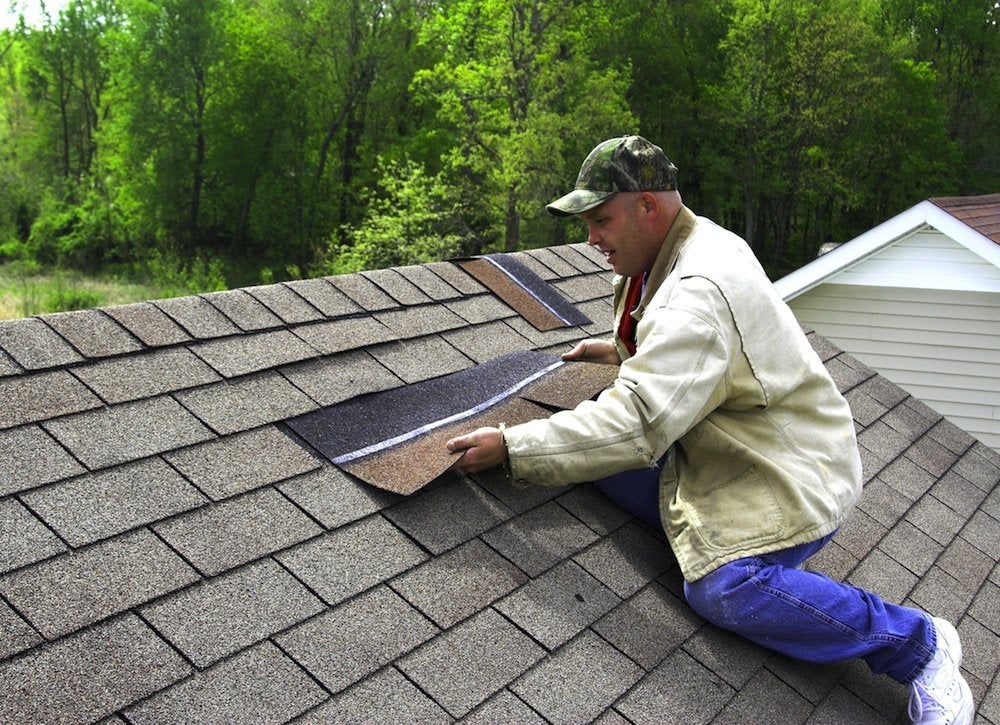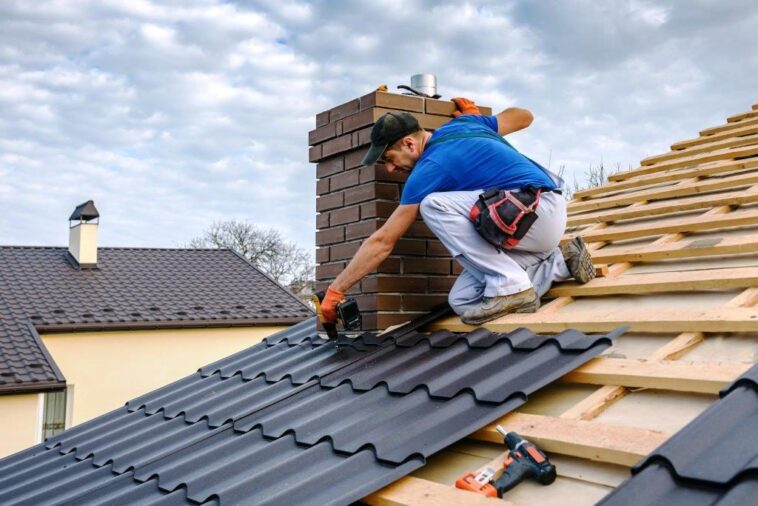The roof, an integral part of any home’s structure, serves the crucial purpose of shielding occupants from the elements while ensuring the overall structural integrity of the building. Over time, various factors such as aging, exposure to the elements, or insufficient maintenance can lead to the development of roof issues.
Considering you live in a city like Pittsburgh which receives a considerable quantity of precipitation all year round, most of it falling as rain with a little light snowfall in the winter, early detection of roof deterioration can help avoid more serious issues and expensive repairs. Interestingly, Pennsylvania is among the top 25 states in the United States when it comes to tornado frequency, with an average of sixteen tornadoes occurring annually. During the warm months, thunderstorms take center stage, averaging between 30 to 35 occurrences annually. These powerful storms bring forth a significant portion of the summertime rainfall, ranging from 11 inches in the northwest to 13 inches in the east.
In this article, we will go over a few significant warning signals that your roof might need repairs.
1. Leaks and Water Stains
Pittsburgh experiences a considerable amount of precipitation, making it crucial to maintain well-maintained roofs to ensure the structural integrity of buildings. The frequent rains lead to water leaks or stains on your home’s walls or ceilings, which are one of the most obvious symptoms of roof damage. Also, check the attic for any evidence of water entry, such as mold growth or damp insulation. And to prevent further leakage, fix the affected areas as soon as possible.
A skilled roofing contractor can analyze the issue and perform the required repairs if you find any indicators of roof damage. Moreover, you can reduce the danger of severe damage and maintain the longevity of your roof by taking care of roof concerns as soon as they arise and doing routine maintenance. You can opt for Pittsburgh Roofers like EAS Roofing to get the best possible roofing advice considering the city conditions.
2. Damaged or Missing Shingles

It’s critical to regularly inspect the surface of your roof to spot any issues. As they shield your roof from sunlight and moisture, pay special attention to the quality of your shingles. Shingles that are cracked, bent, or missing are signs of potential roof problems that need fixing right now.
Age-related, weather-related, or physical damage can cause shingles to crack, making them vulnerable to water infiltration and additional harm. Weathering or insufficient airflow can cause curling, which can be cupping or clawing. Both kinds of curling have the potential to cause wind and water damage. Furthermore, missing shingles expose the layers of your roof, putting them in danger of rust, leaks, and other types of harm.
Professional roofers have the knowledge and skills to spot problems and provide sensible suggestions for upkeep or repairs.
3. Granule Loss
Granules are a layer of protection on several types of asphalt shingles used for roofing. These granules have several uses, including protecting the shingles from ultraviolet (UV) radiation damage and enhancing fire resistance. However, these granules may start to shed over time due to different reasons like aging, extreme weather, or manufacturing flaws.
Check for granule accumulation in your gutters or downspouts to determine the state of your asphalt shingles. If there is a sizable buildup, that can be a sign that your shingles are failing. Excessive granule loss might shorten the lifespan of the shingles and make them more susceptible to future harm.
A professional roofer should be consulted if you see excessive granule loss or have concerns regarding the condition of your shingles. They can assess the degree of granule loss and offer advice regarding any fixes or replacements that might be required.
4. Sagging Roof Deck

Damage to the structure, weakening supports, or water damage can all result in a sagging roof. A sagging roofline may result from the deterioration of structural elements over time, such as beams or trusses. Weakened supports like joists or rafters might also exacerbate the issue. Additionally, leaks or inadequate drainage that let water in for an extended period can undermine the deck’s strength and cause it to bow.
Calling a qualified roofer when you observe obvious dips or sags in your rooftop is crucial. They have the knowledge and tools necessary to objectively diagnose the problem, determine its root cause, and suggest workable remedies.
Remember, sagging or dipping roofs should never be ignored because doing so could lead to more damage, impaired safety, or even structural failure. Prompt problem-solving protects the longevity of your roof and the general security of your house.
5. Increased Energy Bills
Your home may have a poorly insulated or broken roof if your energy expenses have dramatically increased without a discernible change in energy usage. Gaps, cracks, or openings that emerge in a damaged roof and allow air to enter or depart your home may reduce the efficiency of your HVAC system. Due to the system having to work more to maintain a comfortable temperature inside, there is an increase in energy consumption and utility expenses.
Broken roof vents might also result in energy inefficiency. Roof vents are necessary for the attic to have the best airflow and ventilation. When they are damaged or blocked, the natural airflow can be interrupted, leading to moisture or heat being trapped. This reduces your home’s overall energy efficiency.
6. Mold or Mildew Growth

Look for signs of mold development, such as discolored patches, black or green spots, or a musty odor, on the exterior of your roof or in the attic. Deterioration of roofing materials due to mold growth can impair the structure of the roof over time and result in discoloration and degradation. The integrity of your roof may be in danger, which might cause leaks and structural damage.
Moreover, mold poses various health risks since breathing in mold spores can trigger allergic reactions and respiratory issues, which can be problematic for those with such conditions or allergies.
Conclusion
It’s essential to frequently check your roof for damage signs to preserve its longevity. As soon as you notice any of the warning signs mentioned above, speak with an experienced roofer so they can assess the damage and advise you on the best course of action. Remember that timely action may prevent you from subsequently needing more extensive and costly repairs, maintaining the condition of your roof for years to come.




